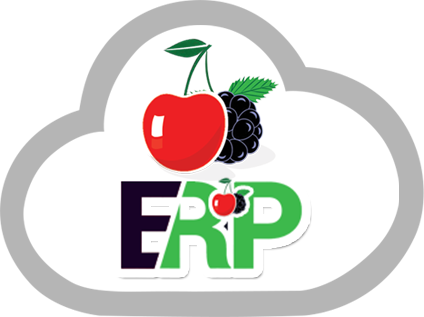
Exploring the Dynamics of Payroll Management Software Systems
Digital platforms called payroll management software systems are made to automate and simplify the process of paying employees. These systems do a lot of things, like paying salaries, taking deductions, filing taxes, and adhering to legal requirements. Numerous solutions have been made possible by technology, with Payroll Management Software Systems standing out as a prime example of accuracy and effectiveness.
This article explores the features, benefits, and associated factors of these systems, delving into their complexity.
Benefits of Payroll Management Software
Enhanced Efficiency:
Payroll software systems drastically cut down on the time and effort needed to manage payroll by automating manual processes. This allows the HR specialist to focus on strategic projects and increase the overall productivity of the company.
Accuracy and Compliance:
Payroll mistakes can result in expensive fines as well as irate workers. Payroll software systems reduce this risk by guaranteeing the correctness of computations and adherence to labor and tax laws.
Cost Savings:
Although putting in place a payroll management software system requires an upfront investment, there are significant long-term cost savings. Eliminating the need for human processing and lowering the chance of error allows businesses to save money on administrative costs and avoid problems.
Enhanced Security:
Payroll data, which includes private information like social security numbers and employee salaries, is extremely sensitive. Payroll software systems use strong security measures, like encryption and access controls, to guard against security breaches and unauthorized access to sensitive data.
Scalability:
Payroll requirements change as businesses expand. Due to the inherent scalability of payroll software systems, businesses can easily adjust to shifting labor dynamics. Whether you’re expanding into new markets or hiring more employees, these systems can handle the extra workload with ease.
Better Record-Keeping:
Payroll management software system programs keep thorough records of employee earnings, benefits, withheld taxes, and attendance. This centralized database streamlines auditing procedures and guarantees data accuracy by making it simpler to track and retrieve pertinent payroll information.
Challenges And Considerations
Compliance and Regulation:
Moreover, Ensuring compliance with constantly evolving tax, labor, and regulatory laws is one of the main issues facing payroll management software systems. It is imperative that these systems precisely compute taxes, deductions, and withholdings in compliance with federal, state, and local laws.
Data security:
It is a major concern because payroll systems store sensitive employee information like social security numbers, bank account information, and salary information. Companies must make sure that strong security measures are in place in their payroll management software systems to shield sensitive data from cyberattacks, unauthorized access, and breaches.
Integration with HR and Accounting Systems:
Payroll management software systems need to work well with other important business systems, like accounting and human resources (HR) software, to run efficiently. It can be difficult to guarantee compatibility and seamless integration between various software platforms, particularly if they are from different vendors. Businesses choosing a payroll management software solution should carefully consider integration capabilities.
User-friendliness and Training:
Appropriate training for users is necessary for the efficient use of payroll management software systems. But not every payroll software program is as simple to use or intuitive as another. Complicated features and interfaces can cause mistakes and confusion, especially for non-techies. Companies need to spend money on thorough training courses to make sure staff members know how to utilize the software properly. Furthermore, resources and continuous support ought to be offered to handle any problems or inquiries.
Conclusion:
A paradigm shift in the way businesses oversee their workforce operations is represented by payroll management software systems. These systems are now essential resources for contemporary businesses because they automate payroll procedures, guarantee accuracy and compliance, and provide scalability and cost savings. Adopting cutting-edge technologies, such as payroll software systems, will be essential for businesses to stay competitive in the dynamic field of human resource management as they continue to grow. CherryBerry ERP maintains the payroll management software system which has a variety of benefits and provides these services, so you can contact us for further details.
